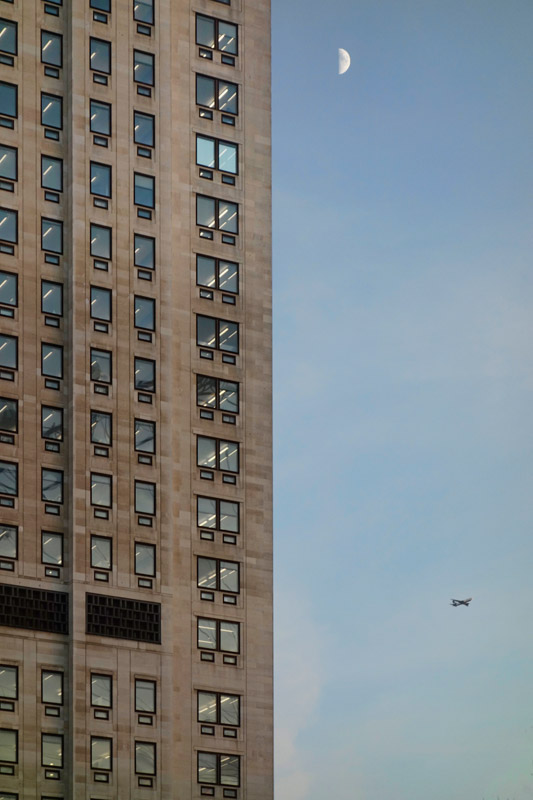The UK has entered a period of lockdown that will severely curtail my photography by limiting how often I can be outdoors and how far I can travel. Consequently, once again, I will be dipping into my archives and resurrecting photographs that were passed over for the blog. In the main these will be shots that I think are, and were, good enough for inclusion but were taken at a time when I had a surfeit of images and so didn't make the cut.
The photograph above shows Westminster Bridge and part of the Houses of Parliament. Both are famous London landmarks. The bridge has seven ornate, cast iron, arches and dates from 1862. The clock tower of Parliament was called, very appropriately, the Clock Tower, until 2012. In that year it was renamed the Elizabeth Tower. However, it continues to be often, incorrectly, called Big Ben, a name that should apply only to the largest (16 tons) bell that chimes the hours.
photo © T. Boughen Camera: Olympus OMD E-M10 2017















